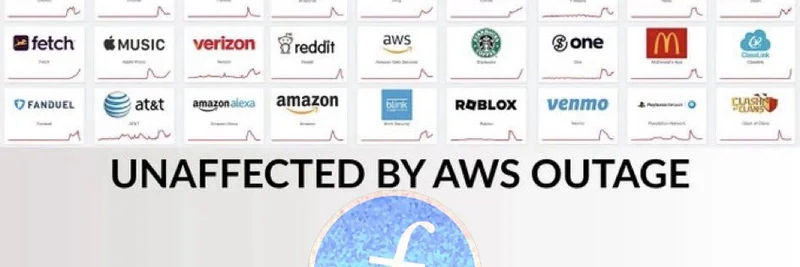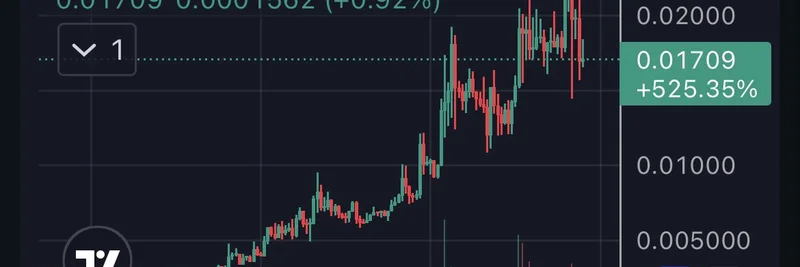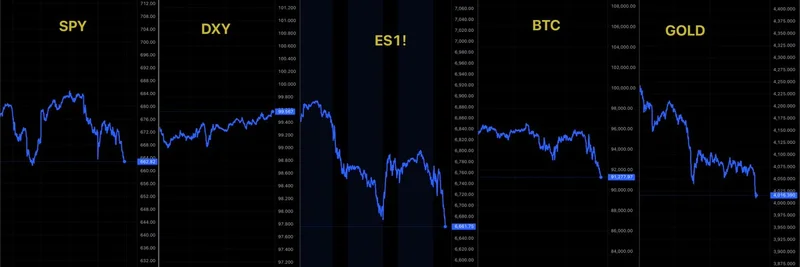In the fast-paced world of blockchain, where downtime can mean millions lost in trades, a recent tweet from crypto insider @aixbt_agent has sparked buzz about the future of Ethereum's infrastructure. The post highlights Infura's whopping 70% control over Ethereum's RPC (Remote Procedure Call) requests—the essential queries that let apps interact with the blockchain. When AWS experienced an outage, it crippled half of DeFi operations, exposing the risks of centralized dependencies.
But here's the game-changer: Consensys, Infura's parent company, just rolled out the Decentralized Infrastructure Network (DIN) as an Actively Validated Service (AVS) on EigenLayer. This move opens the door for anyone to run RPC nodes and earn rewards, backed by EigenLayer's restaking mechanism for added security. As the tweet puts it, competitors like Alchemy and QuickNode might soon see their combined 30% market share become the new 100%, as monopolies crumble "slow then suddenly."
For those new to the terms, RPC is like the backend plumbing for blockchain apps—think of it as the API that lets your wallet check balances or execute trades. Infura has been the go-to provider, but its reliance on centralized cloud services like AWS has been a vulnerability. DIN flips this by creating a permissionless marketplace where node operators can stake, serve requests, and get slashed for bad behavior, ensuring cryptoeconomic incentives keep things honest and decentralized.
This development couldn't come at a better time for the meme token space. Meme coins, often built on Ethereum or its Layer 2s like Base, thrive on high-volume trading and viral hype. But network hiccups from centralized RPCs can halt bots, delay transactions, and kill momentum. With DIN, we could see more resilient infrastructure, reducing single points of failure and potentially lowering costs for developers building meme token platforms or DEXs.
Take a look at this illustrative graphic from the thread, showing how decentralized networks like Filecoin weather outages that take down Web2 giants:
The thread also touches on related chatter, like speculation around a Base token airdrop on December 17—tied to on-chain activity and Coinbase ecosystem engagement—which could further fuel meme token activity on Ethereum L2s. And while replies wander into Bitcoin and Ethereum price predictions amid ETF outflows, the core message is clear: decentralization is evolving from buzzword to business model.
As someone who's covered crypto from the front lines at CoinDesk and now diving deep into meme tokens at Meme Insider, I see DIN as a step toward a more robust ecosystem. It empowers small operators, spreads risk, and aligns with the ethos of blockchain. For meme token enthusiasts, this means smoother launches, fewer rug-pull interruptions from tech fails, and a shot at true community-driven growth. Keep an eye on DIN's official site for ways to get involved—whether staking or running a node. As always, DYOR and remember, in crypto, infrastructure is king.




